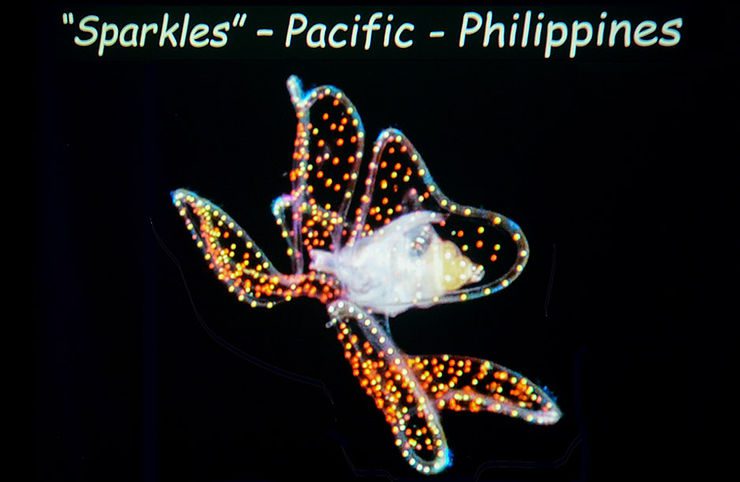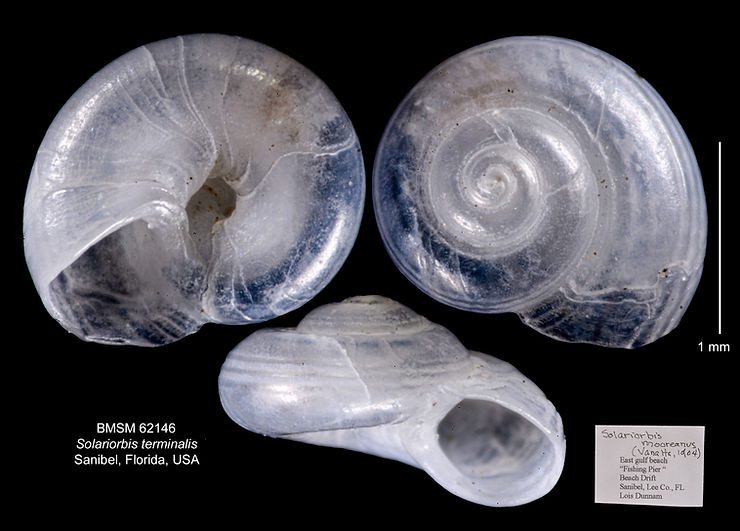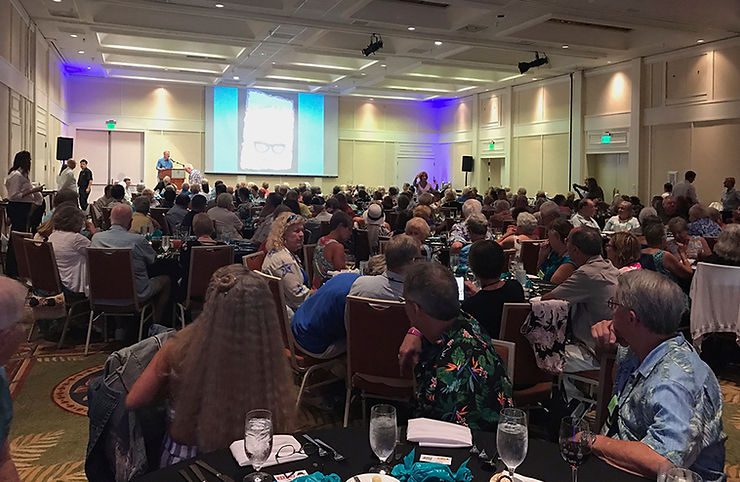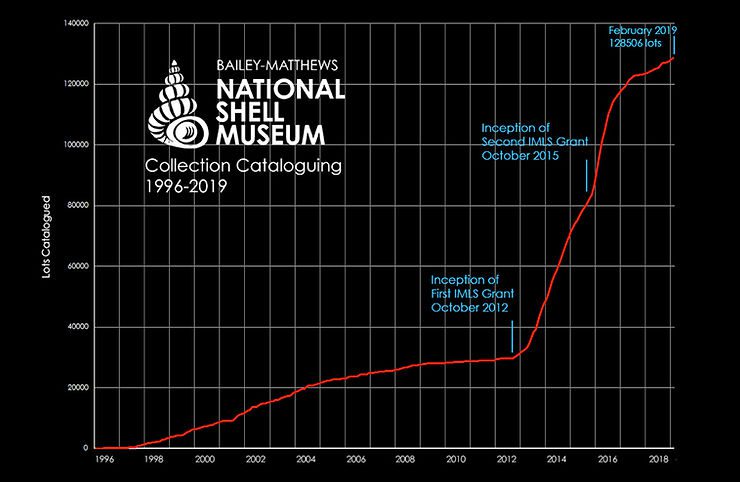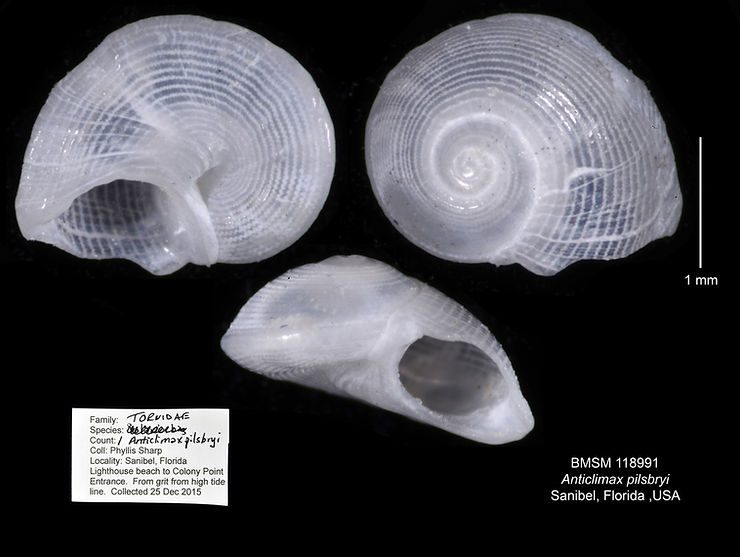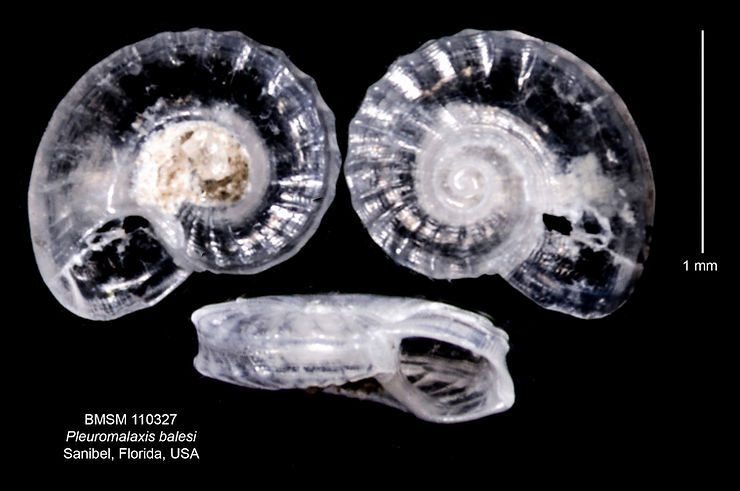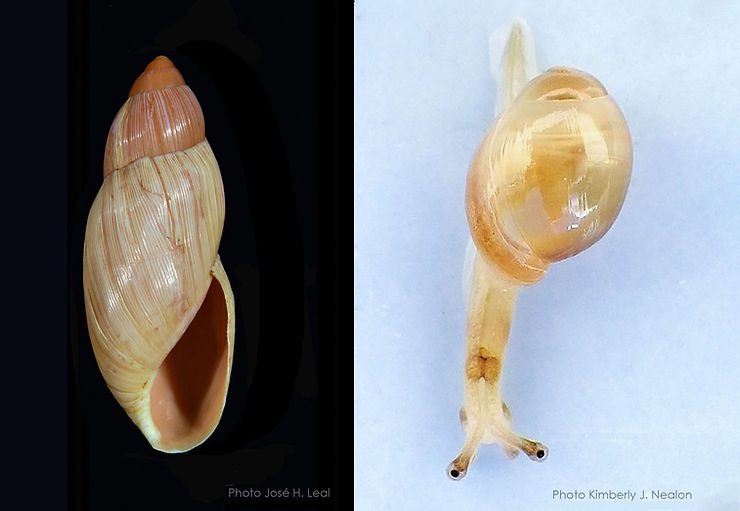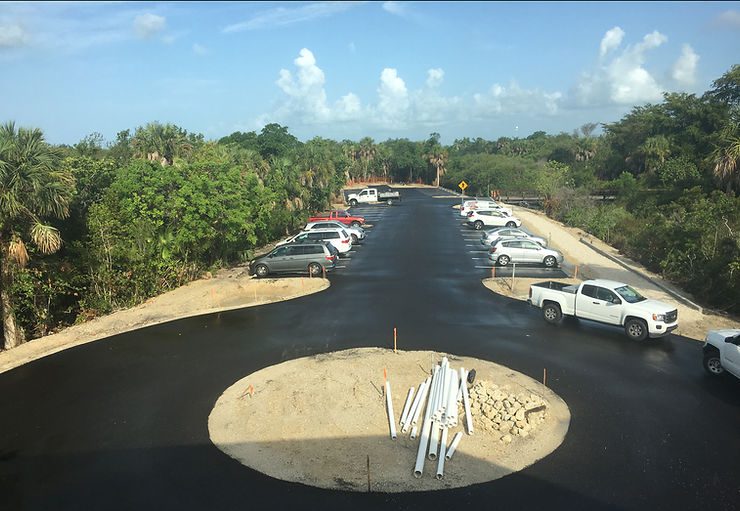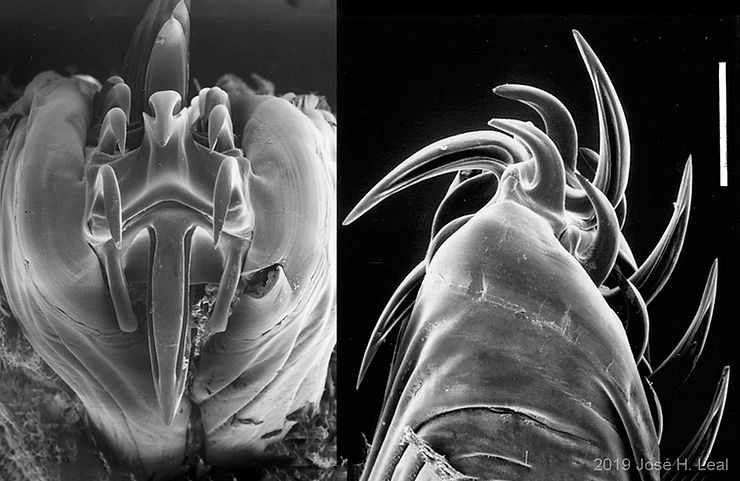
A Radical Radula
Frightened yet? Gastropods and other mollusks use an organ called radula to initiate feeding. Using the radula, which consists of rows of hardened teeth, different kinds of mollusks can scrape food, graze on microalgae, or drill holes into a bivalve shell in preparation for a fresh clam meal! Cone snails use their radular teeth as “hypodermic harpoons” to inject potent cocktails of toxins to paralyze their prey, which may include fish. The photos show the radula of the Magellan Volute, Odontocym
